Exploring the Enigmatic Fort Popham in Phippsburg, Maine
Perched at the edge of the Kennebec River in Phippsburg, Maine, the historic Fort Popham is a site of intrigue and mystery. Constructed during the Civil War in 1861 and named after the early English settler George Popham, this semi-circular granite fortress offers a glimpse into America’s past military strategies and its haunting tales. For more details, visit the official Fort Popham website.

The Historical Significance of Fort Popham
Fort Popham’s story is not just about its construction; it is deeply intertwined with the history of the United States. Although it was built to protect the shipbuilding facilities up the Kennebec River, changes in military technology soon rendered such forts obsolete. Despite this, it played roles during the Spanish-American War, World War I, and even World War II, where it served as a sub-base for operations in Casco Bay.
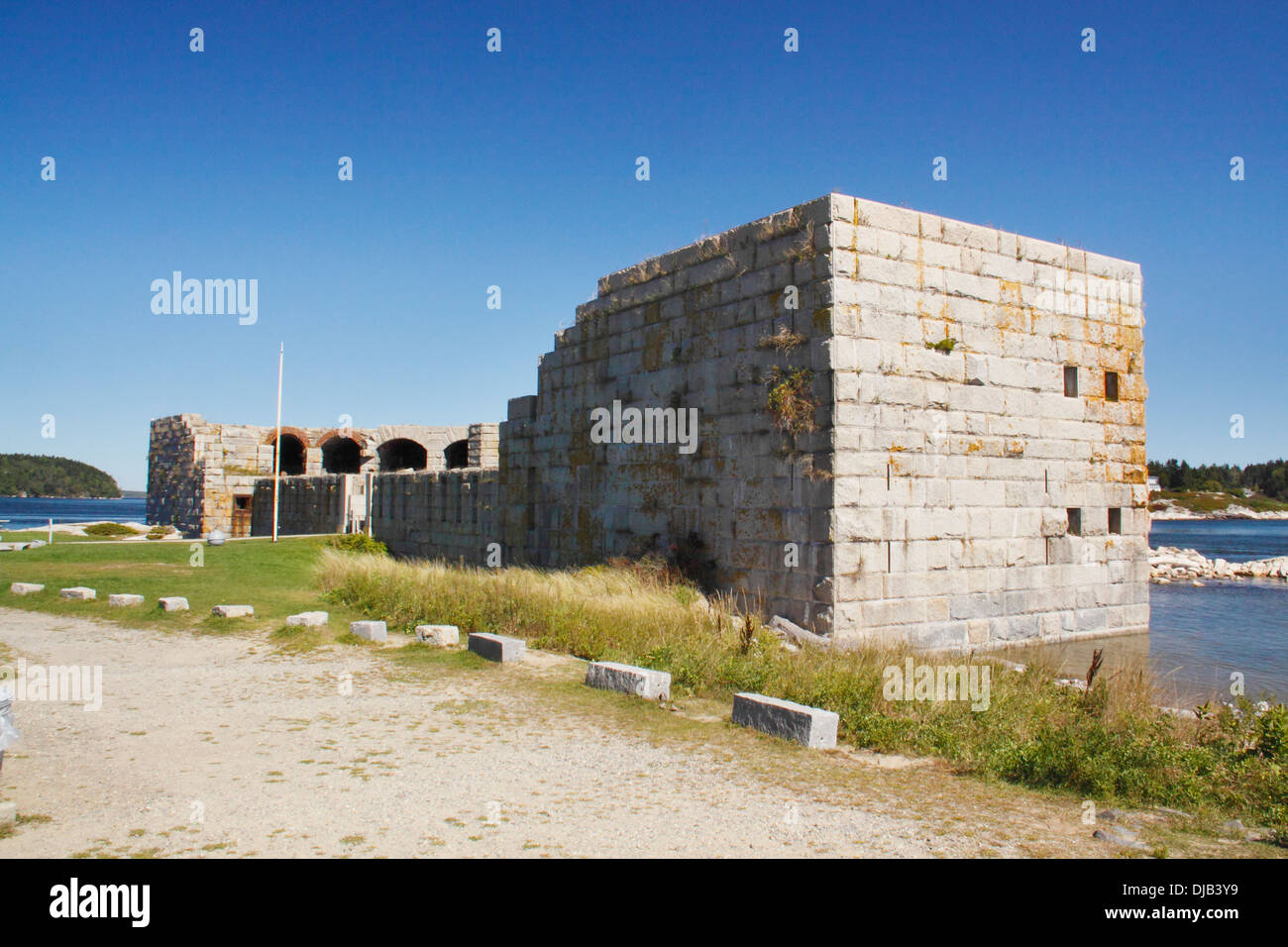
Ghostly Legends of Fort Popham
Despite the lack of concrete evidence or credible accounts of paranormal activity, Fort Popham is shrouded in ghostly legends. Visitors often report an eerie silence and occasional unexplained noises, such as distant marching or whispers, particularly as night falls over the fort’s granite walls. These stories contribute to the fort’s mystical allure, attracting those fascinated by the supernatural.
Whether these tales are mere figments of collective imagination or echoes of the past, they undeniably add a layer of intrigue to every visit. Are these the restless spirits of soldiers long gone, or simply the whispers of history speaking through the corridors of time?
Visiting Fort Popham
Today, Fort Popham is a celebrated historical site open to the public, offering a journey back in time. Whether you’re a history enthusiast or a paranormal aficionado, Fort Popham promises a captivating experience. Its robust granite structure stands as a silent witness to years of history, while the surrounding landscape offers breathtaking views of the Maine coastline.
While the fort itself may not guarantee a supernatural encounter, the ambiance of this historic site provides a perfect backdrop for a reflective, if not thrilling, exploration.
Spooky Encounters: Watch Haunted Videos of Fort Popham
For those who cannot visit in person, these videos offer a virtual glimpse into the eerie atmosphere that pervades this historic fort. Watch and decide for yourself – is Fort Popham truly haunted, or are these stories a way to keep the past alive in our modern world?

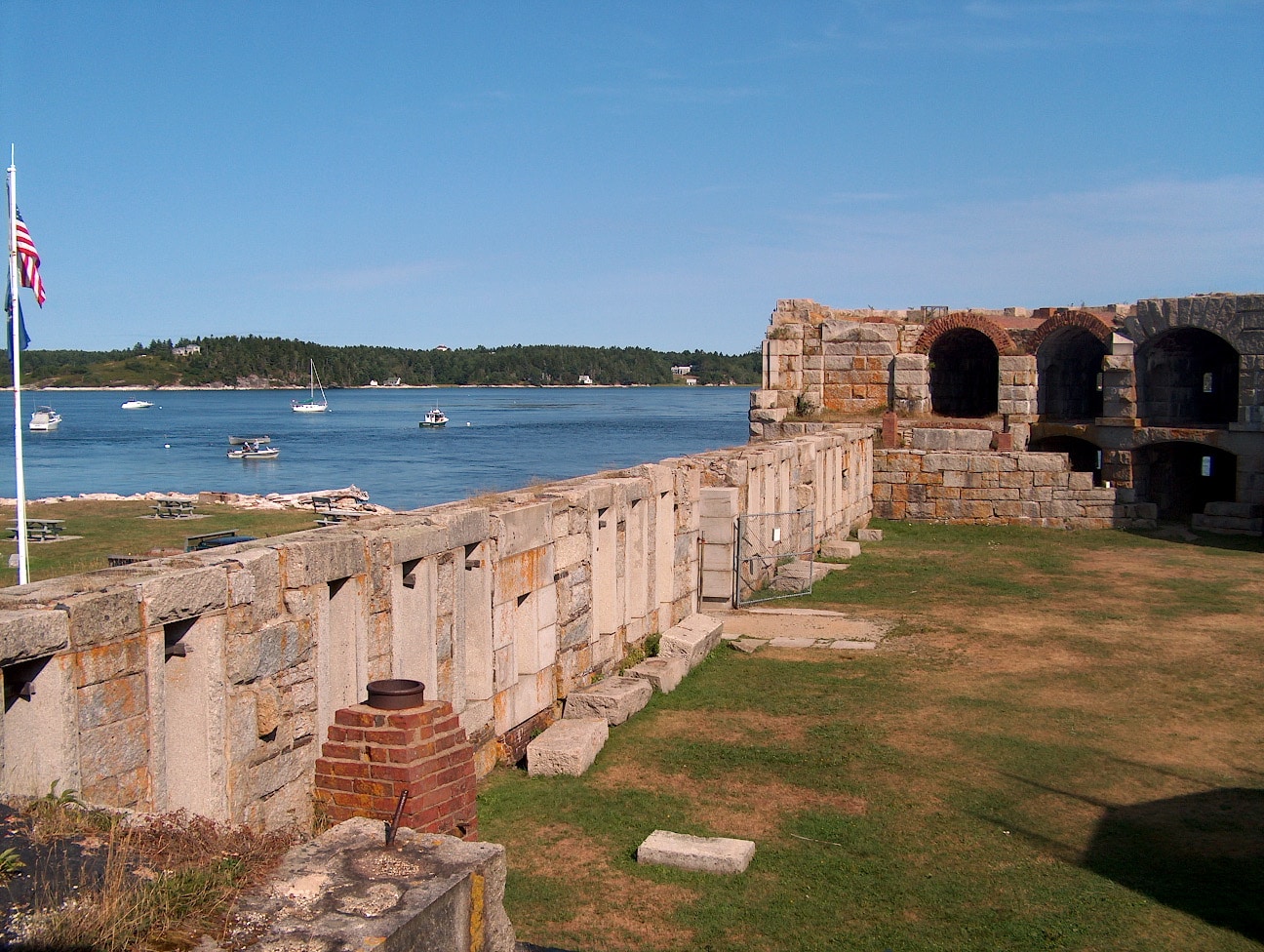



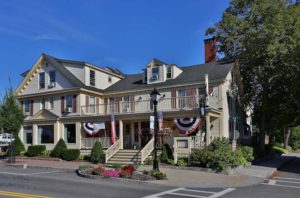


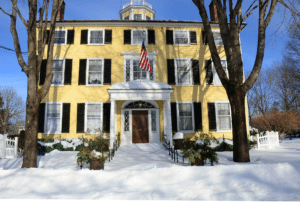
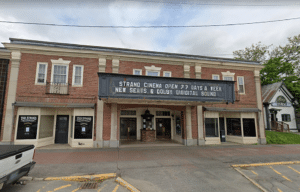

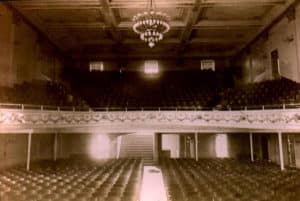
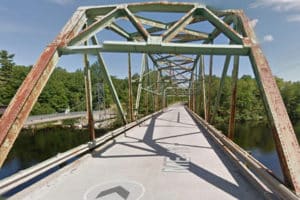


Leave a Reply